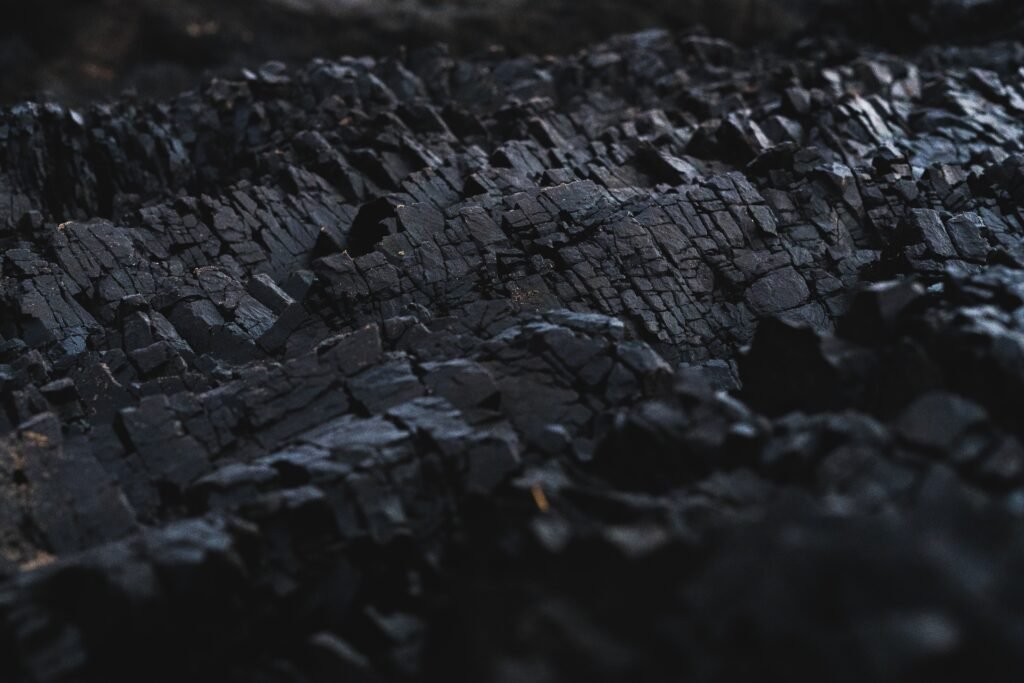Three years ago I witnessed a charcoal burning and was taken aback by the amount of smoke generated and how it drifted down the valley, and played with the sunlight that was finding its way through gaps in the dense smoke. The end product, was charcoal. A light weight carbon residue that remains after all the organic material is decomposed through pyrolysis.
My friend Sam Mukumba, has designed a built his own BioChar Kiln, which is designed to capture the vapors in a jug of water to create a wood vinegar. Sam is also a well-known potter, and is experimenting by subjecting his pots to the pyrolysis, to see what effects it has on the glaze, and colorings of his work, as part of his project exploring biochar, called Carbon Integrity.
Sam has invited me to join him, as he takes his kiln to be demonstrated at the Land Workers Alliance Fair in Cirencester.
Biochar has a sponge like texture, and a remarkable surface area due to its porous nature. It is able to hold onto minerals magnetically, due to its high cation exchange capacity. It’s able to hold on to positively charged nutrients such as calcium, magnesium, potassium, and ammonium.
Bacteria and fungi can seek refuge in the microscopic cavities of the biochar, where they can carry on dividing and multiplying, in a habitat that predatory micro-organisms cannot reach. Meaning a large population of beneficiary organism can thrive which can can help to defend the plant, and maintain the structure of the soil.

As plants grow they take up Carbon Dioxide, when made it biochar through pyrolysis most of the Carbon Dioxide become locked into the biochar, whereas, if the plant material was to decompose the Carbon Dioxide would release into the atmosphere. Therefore, biochar has the ability to sequester carbon, and lock it in for thousands of years.
Recent Posts
Biodynamic Ecology and the Brain: How the Farm Organism Aids Neurodivergent Self-Regulation
The Farm as a Living Organism The Farm Organism is a fundamental concept within the biodynamic agricultural method, which began in 1924 with a series of eight lectures on agriculture by...
In February 2024, I attended the 100th biodynamic conference at the Goetheanum in Dornach, Switzerland. Here, biodynamic farmers, educators, winemakers, community leaders, and growers met to share...
